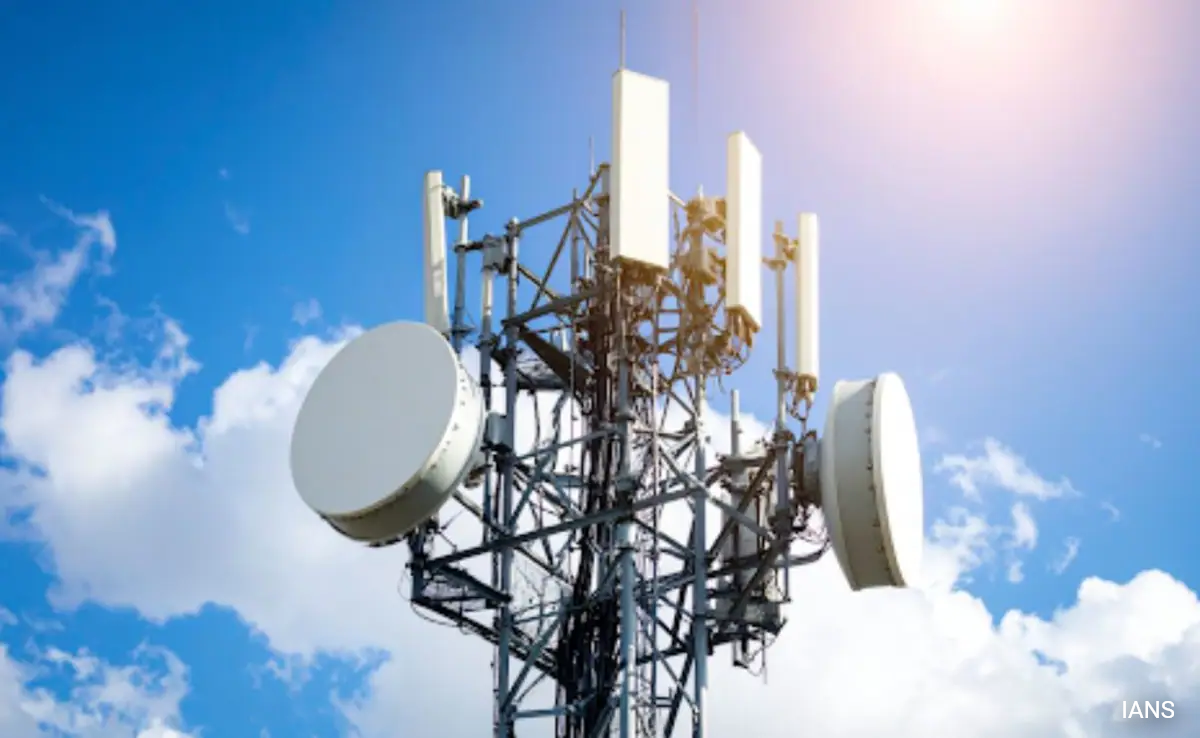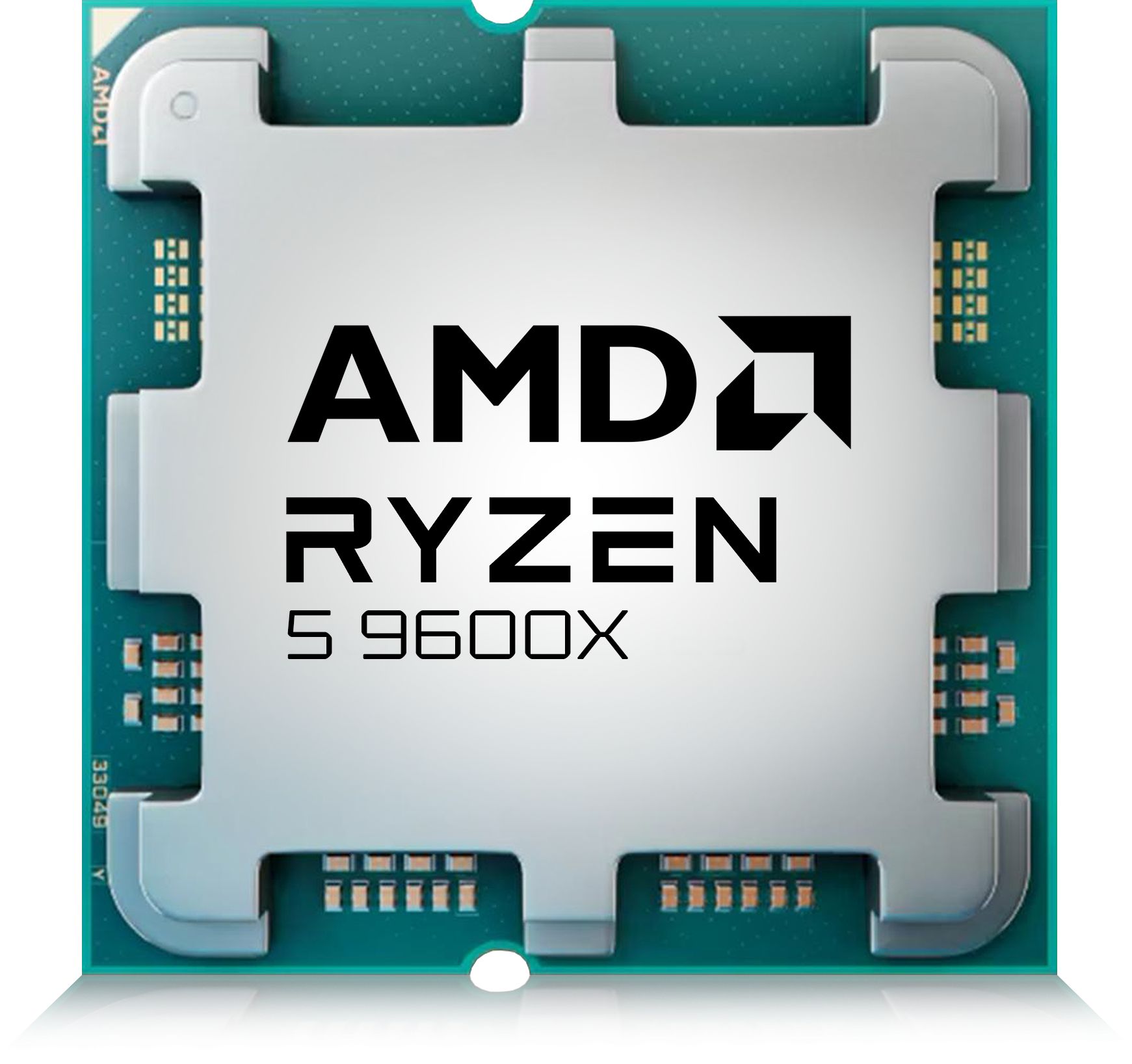BSNL Boosts Connectivity: 10,000 New 4G Sites in Delhi
bmw | Nov. 12, 2025

India is currently stepping into a new era of digital transformation. Internet, mobile data, and smart connectivity have become essential parts of everyday life for millions. In this context, Bharat Sanchar Nigam Limited (BSNL), the country’s state-owned telecom operator, has taken a major step to strengthen connectivity in the national capital region. The company is preparing to roll out 10,000 new 4G sites across Delhi, aiming to enhance both speed and network coverage for users.
This move is more than just an expansion of mobile towers — it is a strategic push toward India’s broader goal of digital empowerment and 5G readiness.
BSNL recently announced a tender for the installation of 10,000 new 4G sites in Delhi and surrounding areas. The project will be executed under an Operational Expenditure (OpEx) model, where service providers lease equipment instead of purchasing it outright. This approach will help the company manage costs efficiently and ensure faster implementation of the network expansion plan.
With this rollout, residents, businesses, and students in Delhi are expected to benefit from stronger signals, faster internet speeds, and more reliable mobile connections. Problems like weak coverage and fluctuating data speeds that have troubled users for years could soon see significant improvement.
While the current focus is on expanding the 4G network, the larger vision behind this initiative lies in BSNL’s preparation for 5G. The new infrastructure will be “5G-ready,” meaning it can be easily upgraded once the service officially launches. According to India’s Minister for Communications, Jyotiraditya Scindia, BSNL’s indigenous 4G towers are expected to be upgraded to 5G within the next six to eight months. This suggests that the 4G expansion is not just about meeting today’s connectivity needs but also about building a foundation for tomorrow’s ultra-fast, low-latency networks.
BSNL’s plan holds immense importance for several reasons. It marks the revival of the public telecom sector, which has been struggling to compete with private players like Jio and Airtel. By strengthening its infrastructure, BSNL is re-entering the competition with renewed confidence. Moreover, the initiative supports India’s “Atmanirbhar Bharat” mission, as much of the technology being deployed is based on indigenous solutions developed within the country.
For consumers, this means better internet speeds, stronger coverage, and potentially more affordable data plans. Beyond that, it opens the door for future technologies — including smart cities, IoT (Internet of Things), automation, and other 5G-driven innovations that depend on robust digital infrastructure.
Of course, the path ahead is not without challenges. Installing thousands of sites in a densely populated city like Delhi involves logistical hurdles, such as obtaining permissions, securing suitable locations, and ensuring uninterrupted power supply. Maintaining consistent service quality and network reliability will also require continuous investment and technical oversight. Furthermore, ensuring cybersecurity and data protection in a rapidly expanding network remains a critical concern.
Nevertheless, the overall direction is positive. This initiative shows that BSNL is actively working to reclaim its place in India’s rapidly growing telecom industry, while simultaneously contributing to the country’s digital vision.
In conclusion, BSNL’s decision to deploy 10,000 new 4G sites in Delhi is not just a technical upgrade — it represents a bold step in India’s digital evolution. By strengthening 4G today and preparing for 5G tomorrow, BSNL is laying the groundwork for a faster, smarter, and more connected nation. If implemented successfully, this project could redefine the role of public telecom in India and bring high-speed connectivity within the reach of millions, fueling the nation’s digital economy for years to come.
0 COMMENTS:

BSNL Boosts Connectivity: 10,000 New 4G Sites in Delhi
BSNL is set to launch 10,000 new 4G sites in Delhi, preparing for 5G rollout in 2026. Discover how …

WorldLink Launches WiFi 6 in Nepal | Faster Internet Experience
WorldLink introduces WiFi 6 in Nepal with faster speed, wider coverage, and Nokia-powered routers —…

AMD and the AI Revolution: How the Chipmaker Is Shaping the Future of Technology
Discover how AMD is transforming the tech industry with AI chips, data center innovations, and stra…

Downdetector Explained: Track Online Service Outages in Real-Time
Discover how Downdetector helps users track online service outages in real-time. Learn how it works…

The Great AWS Outage 2025: What Really Happened
In October 2025, a major AWS outage disrupted global internet services. Learn what caused it, how i…

OpenAI Signs $38 Billion AWS Deal | AI Infrastructure Revolution
OpenAI partners with AWS in a $38B deal to power next-gen agentic AI with massive cloud infrastruct…

NVIDIA and the AI Revolution: How One Company is Shaping the Future of Technology
Discover how NVIDIA became the driving force behind the global AI revolution. Learn about its growt…

Meta AI Layoffs 2025: Why Meta Is Restructuring Its AI Division
Meta has laid off 600 employees from its AI division to focus on efficiency and automation. Learn w…

Snapchat in Nepal: Why It’s Becoming the New Digital Trend Among Nepali Youth (2025)
Discover why Snapchat is gaining popularity in Nepal. Explore how Nepali youth are embracing the ap…

Jensen Huang and India’s AI Future: How NVIDIA is Powering the Next Tech Revolution
Discover how NVIDIA CEO Jensen Huang’s vision is transforming India’s AI landscape — from 20x compu…